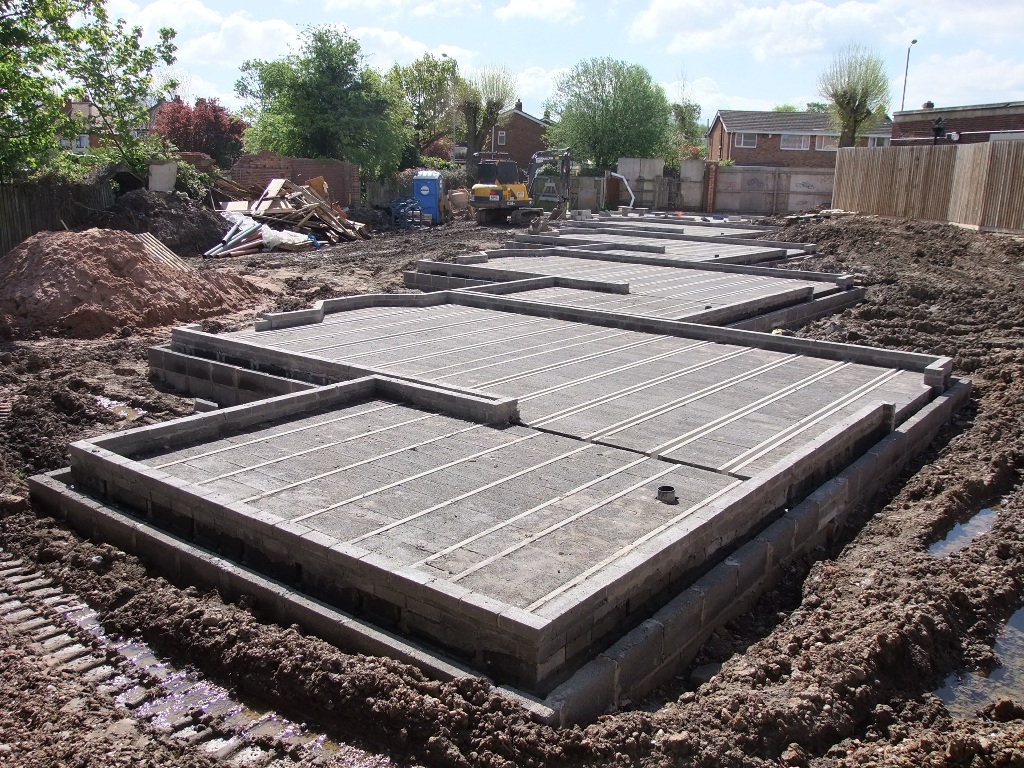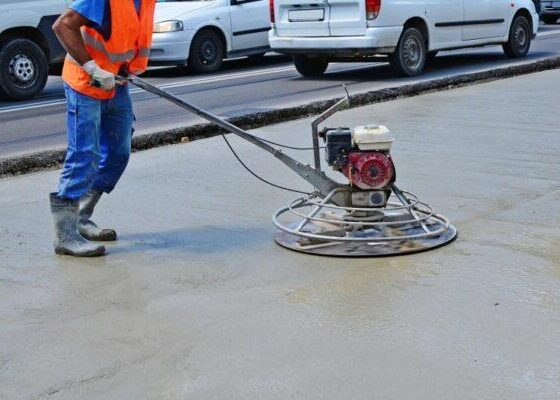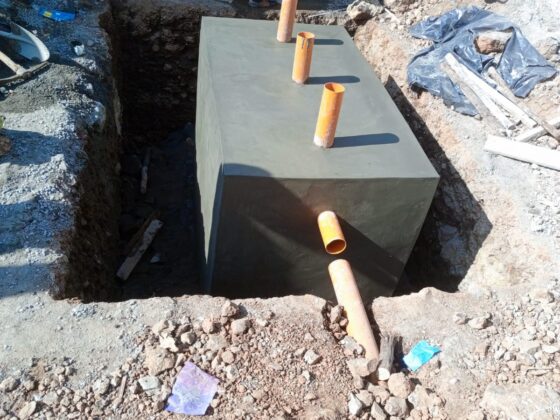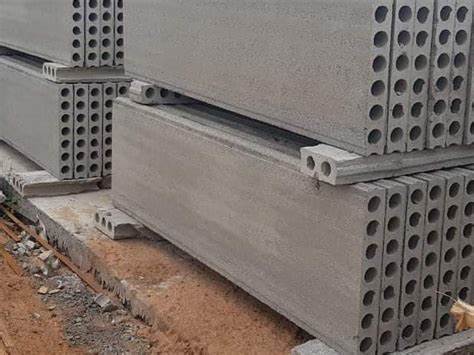Building on black cotton has long been a dreaded activity. However, that does not change the fact that we will still continue to encounter it in our various building projects. Therefore we need to know how to properly build on this type of soil which is very prevalent especially in the areas where land is commonly sold such as Kitengela, Syokimau, Athi River and even Kamulu areas along Kangundo road. The only way to build on black cotton soils is to build right and take no shortcuts. When a well designed structure is well built on site, the cost of maintenance will drastically reduce. Special care must be taken into consideration when building foundations on this type of soil. This is why the cost of building is usually higher in these soils.

Why does this soil wreck so much havoc on most construction projects? The natural properties of the soil cause it to swell up when in contact with water. When the soil dries up, it drastically shrinks causing the space occupied to drastically reduce. This continuous expansion and shrinkage of the soil creates a very unstable environment to build a foundation on. It is what causes the cracking in floors done in foundations backfilled with black cotton soils.
So how should you build on black cotton soil? it is necessary to remove the black cotton soil before doing the foundation. Where possible remove the soil completely, this action is advised. However, sometimes that is not possible and the soil can only be partially removed. It usually depends on the structure of your foundation which is determined by the type of structure. When the structure is a high rise structure, the foundation has to be built on a hard, stable rock formation. This project outlines a 3 methods you can use when building foundations on black cotton soils depending on the structure:
Option 1: Foundations on existing rock under black cotton soil
Big storeyed, high rise structures : -These require a proper stable ground, preferably a rock formation to build on. Normal practice in Kenya is to excavate until you hit the underlying stable rock and start building from there. All the soil in between the column footings is removed and backfill is one with appropriate material and compacted all to the specifications of the structural engineer. This is an expensive process especially for simple buildings such as bungalows and maisonettes. Hitting hard stable ground is crucial to the construction of these structures.

Option 2: Slab on appropriately filled ground
Low lying bungalows and maisonettes: – These definitely weigh less than the storeyed houses. This means that the foundation details may vary a little bit from the storeyed houses. However, this belief is what causes people to build shallow foundations on black cotton. The challenge facing these construction types is the same in actuality. It doesn’t matter the size of your construction.
Depending on the depth of the black cotton soil one can excavate to the rock solid ground. If the soil goes too deep, depending on the type of foundation one should excavate at least 1.5m or until they get to murram. Make sure to have the engineer who designed the house countercheck this decision before proceeding with the construction. The excavated area should then be backfilled with appropriate material and well compacted.
This also applies to simple pavement constructions within the compound. Always backfill the soil underneath pavements with appropriate backfill to avoid pavements sinking in some areas.

Option 3: Suspended ground floor
This involves the use of ground beams to avoid full scale excavation of the soil beneath. In this type of structures the weight is rested on pad footings that lie on the stable ground below the poor soil structure. The ground floor is then supported on ground level beams and the floor treated as any other suspended slab in the construction. It is a method that is increasingly picking up in Kenya, notable referred to as beam and block. This should be done in accordance to the design specifications by the structural engineer. Should you need to buy the beams and block for foundations, one of the providers is Floor Decor Kenya who can be contacted by phone at 0780 955 000/ 0722679830, or through mail at info@floordecorkenya.com
Read more about the use of ground beams for constructions in black cotton here.
I Hope this read has been useful. Build wisely!











2 comments
This is a good article for design and construction supervision engineers and contractors. Of late we’ve had a lot of cases of buildings collapsing. Some tragic. More professionalism should be enhanced for construction staff.
Thanks
Thank you for the feedback Eng. Evans. We are trying to make good construction practises general knowledge.